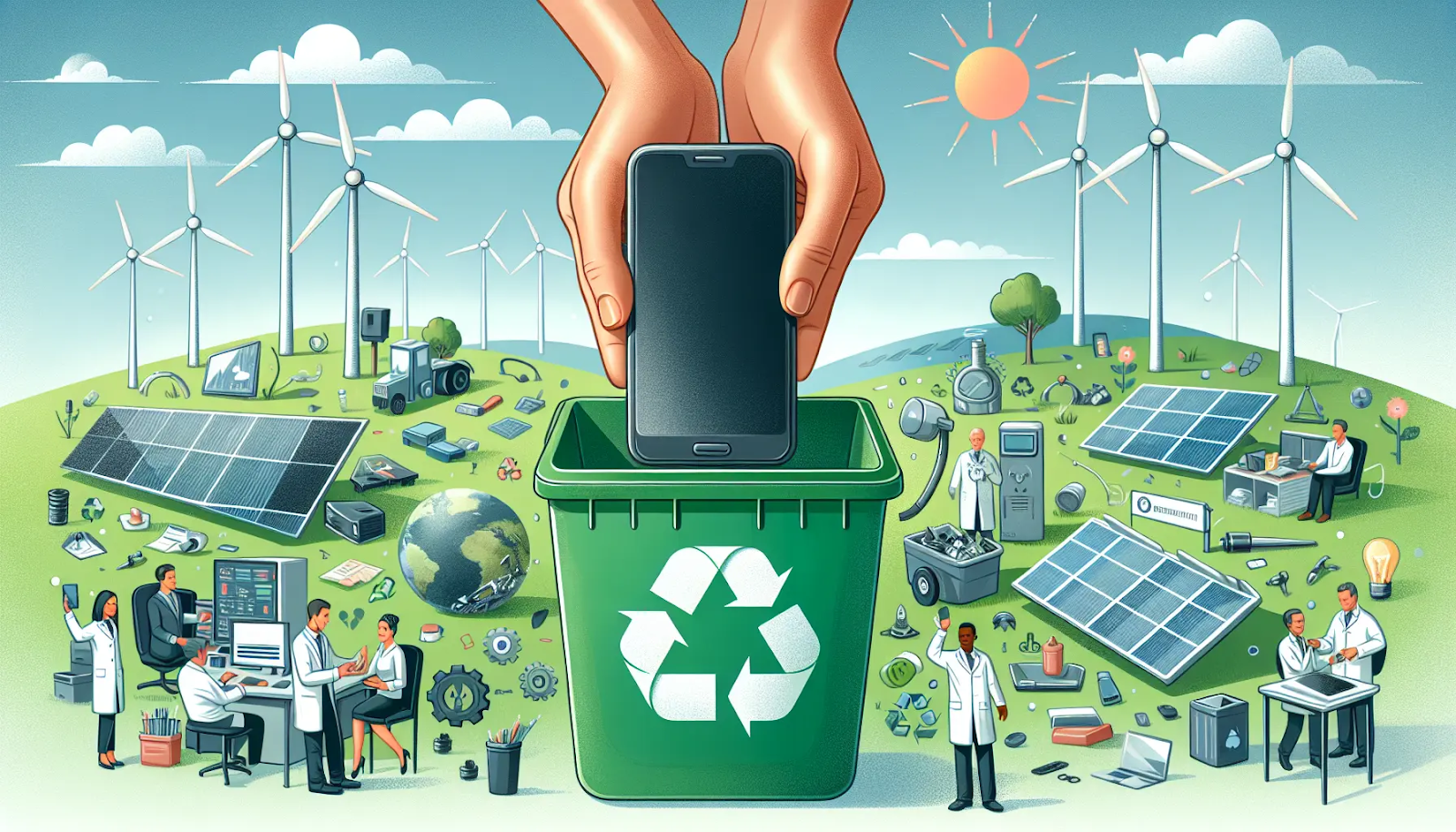


At this critical moment when humanity is trying to find a way out of the challenge of climate change, renewable technology has come as a beacon of hope and promise for a cleaner and more sustainable future. From solar energy breakthroughs to advances in wind power and sustainable transportation, renewable technologies are reshaping how we generate and consume energy. In this piece, we explore the most transformative innovations in renewable tech, changing our course for a greener tomorrow.
Renewable energy has long had an anchor in solar power. Over time, improvements in technology have made solar panels much more efficient and affordable. Recent developments in perovskite solar cells are changing the way this area of solar does things with improved light capture capabilities that are far better and at cheaper costs compared to traditional silicon-based panels.
Moreover, building materials using solar power, such as photovoltaic glass, are already integrating renewable energy into urban infrastructures. This could allow houses and offices to be powered smoothly and not be dependent on fossil fuels much.
Wind energy currently dominates the renewables segment, while the development of offshore wind farms further expands and heightens its value. Installation offshore gets higher yields, which are mostly stronger and far more constant wind flows compared with land-based operations.
Floating wind turbines are another game-changer: the potential of building farms at much deeper depths than traditional turbines is enormous. There are already farms in Denmark and the UK showing the possibility of powering millions of homes sustainably using offshore wind.
One of renewable energy’s biggest obstacles is intermittency — the inability to access power when the sun does not shine, or the wind does not blow. Advanced energy storage solutions address this challenge by storing surplus energy for consumption during downtimes.
Improved lithium-ion usage in electric vehicle usage and home-based storage systems have become more productive and durable; newer technologies used – solid-state battery flow-based batteries promise bigger lifespans and storage ability.
This is another form of smart grid usage advancement and a shift in energy management. Internet-of-things-related technologies are placed dynamically to balance and reduce waste in the energy supply compared to what is demanded optimally.
Examples: Smart meters and connected appliances assist consumers in tracking and adjusting energy use in real-time, creating a much more efficient energy ecosystem for people and the planet.
The transportation sector is one of the largest emitters of greenhouse gases. Innovations in electric vehicles and green hydrogen are changing the face of the future of mobility.
Battery costs are falling, and charging infrastructure is improving, making electric cars, buses, and trucks more accessible. Yet, another promising option for heavy-duty transportation and aviation, which are harder to electrify, is green hydrogen from renewable power.
A stock screener can also identify investment opportunities in renewable transportation and other green technologies for investors interested in tracking companies at the forefront of these technologies.
Bioenergy makes use of organic material in the form of agricultural waste, algae, or even sewage. Now, it can take waste and transform it into clean fuels in the new generation of biorefineries – without necessarily inflicting massive environmental damage on it.
Potential technologies exist in Waste-to-Energy Plants. These plants create electricity but diminish landfill waste through processes such as anaerobic digestion and thermal conversion.
The ocean is still a rather underexploited source of renewable energy. Technologies that convert kinetic water energy into electricity have already begun harnessing the immense wave and tidal potential.
The world is witnessing testing stages for underwater turbines and oscillating wave converters. Still being developed, marine energy can yet turn out to be one of the bigger contributors to the future mix of renewable energy.
While renewable energy technologies reduce dependence on fossil fuels, carbon capture and utilization (CCU) addresses the emissions already in the atmosphere. Advanced systems have captured carbon dioxide and repurposed it to make useful products such as synthetic fuels, plastics, and construction materials.
It not only abates emissions but also creates a circular economy where waste becomes a source of value
Buildings consume a great deal of global energy and emit emissions. Green building technology is changing the game in the construction sector through renewable energy systems, energy-efficient designs, and sustainable materials.
Some of the new trends making the rounds of the town include energy-positive buildings, which generate more energy than they consume, while AI-driven energy management systems ensure efficiency in large commercial spaces.
Decentralized energy systems allow communities to own and control their energy needs. Local renewable-powered microgrids can achieve energy independence and resilience, especially for remote or disaster-prone regions.
These systems are most applicable in developing regions where access to central energy infrastructure is limited. By providing clean and reliable power, decentralized systems are advancing sustainability and social equity.
As renewable technologies grow, they seem to integrate into our lives. The amount of energy used in your home and the method of transportation employed all go hand in hand to define a future without harm to the earth.
However, a truly green world will only be achieved through collaboration between industries, governments, and individuals. Investing in renewable technologies and supporting policies that promote sustainability can help us all work toward a cleaner, healthier planet.
Ultimately, the shift to renewable energy is not just about mitigating climate change; it’s about building a future where economic growth and environmental stewardship go hand in hand.